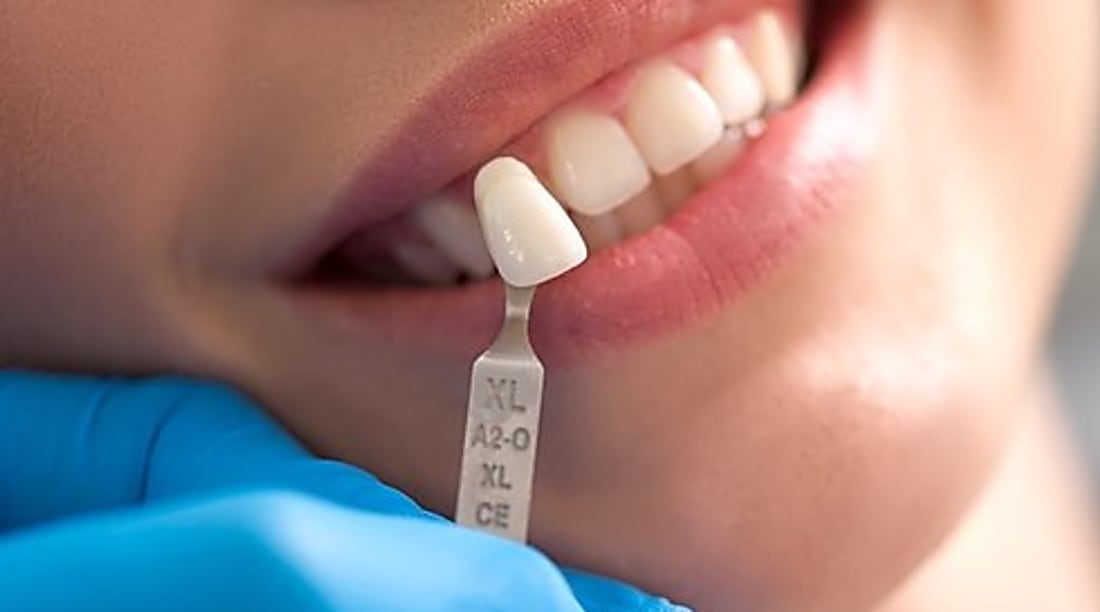Dental Implants: Long-Term Tooth Replacement Guide
Learn how dental implants provide a durable, natural-looking solution for missing teeth. This comprehensive guide explains the multi-stage placement process, restoration choices from single crowns to full-arch systems like All-on-4, typical costs and financing options, and practical aftercare tips to protect your investment and oral health.

Dental Implants: Long-Term Tooth Replacement Guide
Why implants are a reliable tooth-replacement option
Dental implants are widely regarded as one of the most dependable ways to replace one or more missing teeth. Unlike removable dentures or restorations that rely on neighboring teeth for support, implants are anchored directly into the jawbone. This root-like foundation helps preserve bone volume, supports facial structure, and restores chewing and speaking abilities in a very natural, predictable way. Because they do not require altering adjacent healthy teeth, implants often offer a longer-lasting, more conservative option. With consistent home care and routine dental visits, many implant restorations function well and look natural for decades, making them a strong investment in both oral health and appearance.
The treatment process, step by step
Completing an implant restoration usually takes several appointments spread over a few months. It begins with a full evaluation: your dental team will review medical and dental history, take X-rays and frequently a 3D scan to assess bone quantity and anatomical structures, and decide if preparatory procedures are necessary.
If there isn’t enough bone to secure an implant, bone grafting or a sinus lift can be performed to create a stable foundation. Once the site is ready, a titanium implant post is placed surgically into the jaw beneath the gum. That post serves as the artificial root.
The next critical period is osseointegration, when the surrounding bone grows around the implant surface and bonds to it. This biological fusion typically takes several weeks to a few months and is essential for long-term stability. After successful integration, an abutment is attached to the implant and a custom crown, bridge, or denture is fabricated and fitted. When appropriate, temporary restorations can be used so patients maintain function and appearance while healing.
Restoration choices and what to expect
Treatment options depend on how many teeth are missing and the patient’s priorities. For a single missing tooth, the conventional solution is one implant with an abutment and a crown. Multiple adjacent missing teeth can be replaced with an implant-supported bridge, which uses fewer implants than placing single crowns for every missing tooth. For complete tooth loss, implant-supported overdentures or fixed full-arch prostheses are available. Techniques like All-on-4 employ angled implants and strategic placement to support a fixed arch using typically four implants per jaw, often reducing the need for extensive grafting.
Material selection, prosthesis design, and whether the restoration is fixed or removable will influence comfort, maintenance, and cost. Your dentist will discuss aesthetic goals, bite mechanics, and hygiene requirements so you can choose the option that best suits your needs.
| Procedure Type | Average Cost Range | Additional Considerations |
|---|---|---|
| Single Tooth Implant | $3,000–$4,500 | Typically includes implant, abutment, crown |
| Full Mouth Implants | $20,000–$45,000 | Varies by number of implants and prosthesis type |
| All-on-4 Implants | $15,000–$28,000 | Pricing per arch; depends on materials and lab fees |
Prices, rates, or cost estimates mentioned in this article are based on the latest available information but may change over time. Independent research is advised before making financial decisions.
Understanding costs and payment options
Implant pricing varies based on many factors: geographic location, the clinician’s experience, the chosen implant system and brand, laboratory fees for custom restorations, and whether additional procedures such as extractions, bone grafts, or sinus lifts are required. Although a single implant generally costs less than replacing an entire arch, multiple single implants can increase overall expense. Many dental practices offer payment plans or partner with third-party financing companies to spread costs. Some dental insurance policies may cover parts of treatment, but coverage is inconsistent. Request a detailed written estimate that specifies which stages and materials are included so there are no surprises.
Home care and professional maintenance
Caring for implants closely resembles caring for natural teeth. Brush twice daily with a soft-bristled brush and a low-abrasive toothpaste to protect restoration surfaces. Clean between teeth and around abutments with floss or interdental brushes made for implants to remove plaque in hard-to-reach areas. Regular professional cleanings and exams allow your dental team to monitor the implant, surrounding gums, and your bite.
While implants are not susceptible to cavities, the gums and bone around them can develop inflammation and infection if plaque accumulates. Peri-implantitis, an inflammatory condition similar to advanced gum disease, can damage supporting bone and jeopardize the implant. Early detection, consistent oral hygiene, and routine dental care are essential to prevent and manage such complications.
Long-term outlook and when to seek help
Most patients experience improved comfort, better chewing ability, and greater confidence compared with removable options. Good daily hygiene, periodic dental assessments, and prompt attention to any changes in the implant or soft tissues greatly improve the chances of long-term success. When problems arise, many can be managed conservatively, but earlier intervention by your dental team often leads to better outcomes.
Before committing to treatment, discuss realistic expectations, aesthetic preferences, and maintenance responsibilities with your dentist. Ask about the specific materials, warranties, and what follow-up care will cost. With proper planning and care, dental implants can be a durable, natural-feeling solution to restore oral function and aesthetics.
This article is for informational purposes only and should not be considered medical advice. Please consult a qualified healthcare professional for personalized guidance and treatment.






